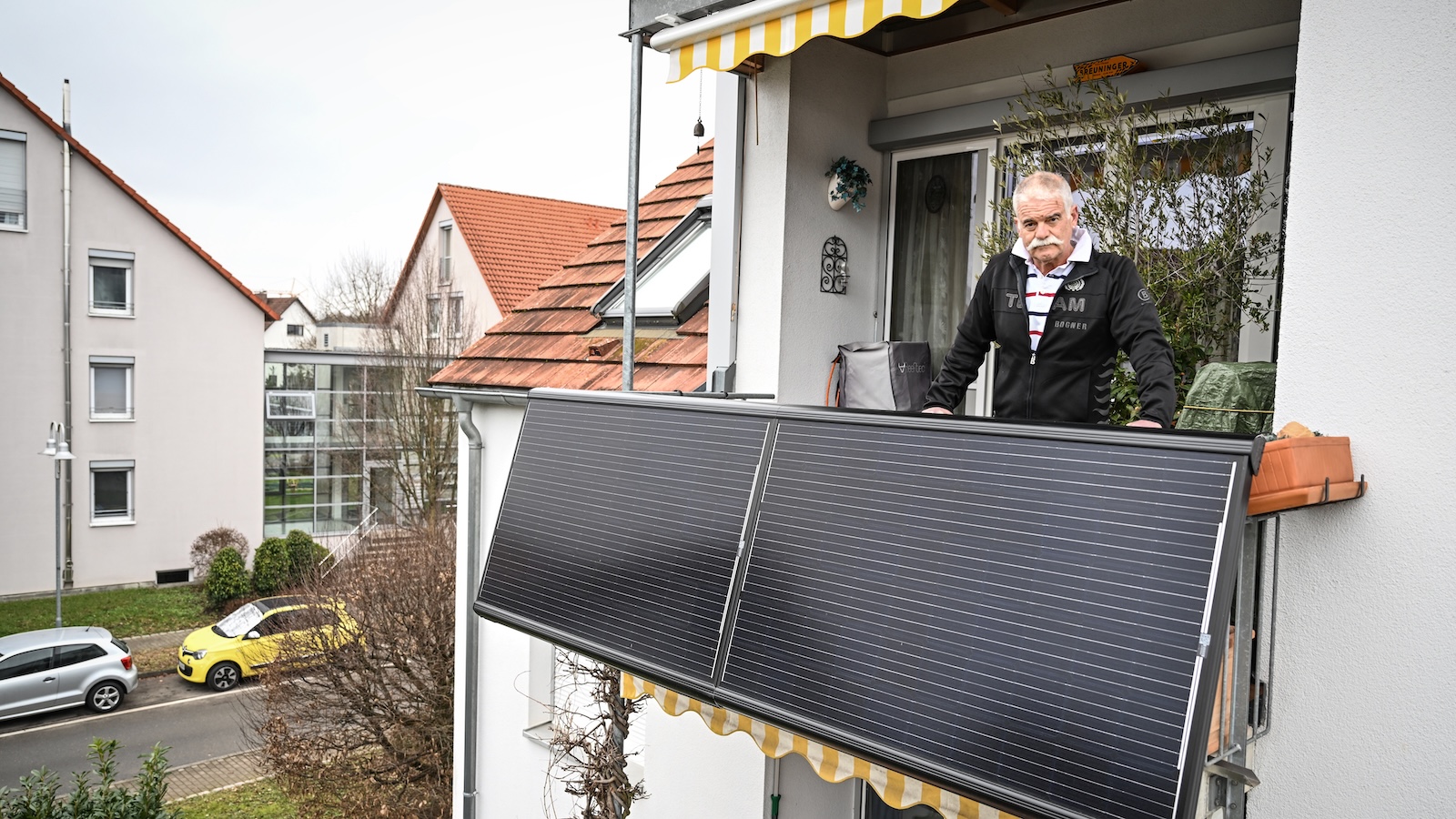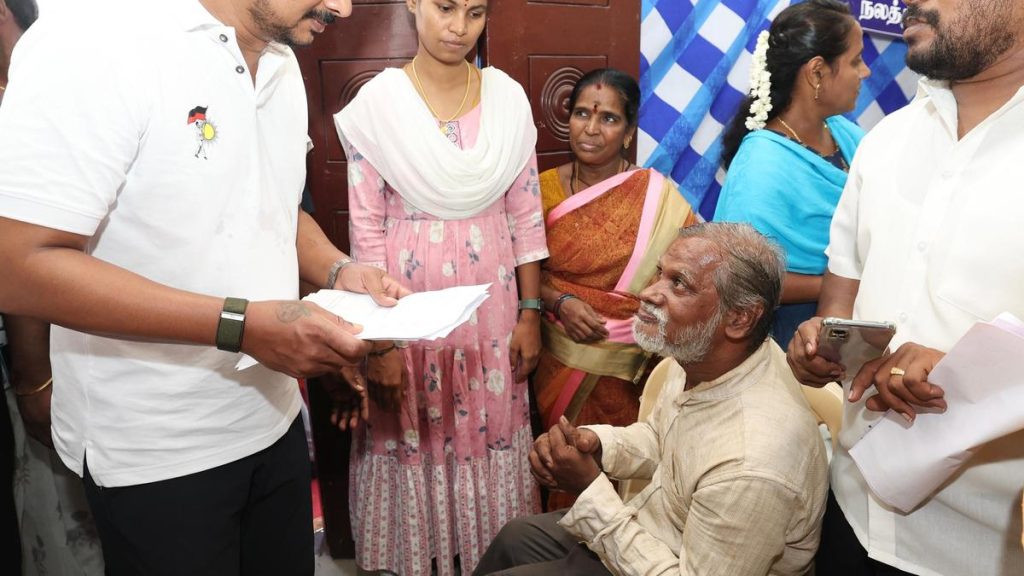Now Reading: Balcony Solar Powers German Homes: Why Not in the US?
-
01
Balcony Solar Powers German Homes: Why Not in the US?
Balcony Solar Powers German Homes: Why Not in the US?

Swift Summary
- Germany’s Success with Balcony Solar:
– germany has embraced balcony solar panels, with over 780,000 devices registered by its utility regulator and millions more installed unofficially.
– Panels are easy to use – they generate up to 800 watts of power and can charge laptops or small appliances.
– Regulatory developments helped popularize the tech; safety standards were established starting in 2017.
- Utah’s Move Toward Balcony Solar:
– Utah passed H.B. 340, exempting portable solar devices from state regulations that require interconnection agreements with utilities for rooftop solar systems.
– This marks the frist notable step toward easing restrictions on balcony solar in the U.S.
- Barriers to Adoption in the U.S.:
– Major obstacles include lack of compliance with the National Electrical Code and no Underwriters Laboratories (UL) certification standard for plug-in solar devices.
– Safety concerns such as circuit breaker overloads (“breaker masking”) and absence of compatible ground fault circuit interrupters (GFCI) remain unresolved.
- Efforts to Address Challenges:
– The Department of Energy funded growth efforts by startups like GismoPower to create UL standards.
– Advocacy groups aim to revise the National Electrical Code, but proposed amendments have been rejected so far.
Indian Opinion Analysis
Germany’s success story illustrates how streamlined regulatory frameworks and targeted governmental support can foster clean energy adoption at scale. Balcony-mounted solar panels could be transformative for India as it seeks affordable ways to meet increasing energy demand while transitioning away from fossil fuels. For example, smaller grid-tied solutions designed for urban areas might reduce pressure on overloaded power grids during peak consumption periods.
The underlying challenges facing U.S adoption – including regulatory barriers, needed technical upgrades like bidirectional GFCIs, and product certifications – highlight crucial lessons for other nations interested in similar innovations. For India specifically, any policy attempt would need equally comprehensive guidelines tailored to local electrical standards alongside robust public-private partnerships focused on scaling production affordably for urban consumers.
ultimately this piece emphasizes how technological hurdles don’t negate balcony solar’s practicality if governments prioritize its integration into national planning schemes early enough-an approach that could help address both energy access inequities among renters/urban households while supporting broader climate goals.























